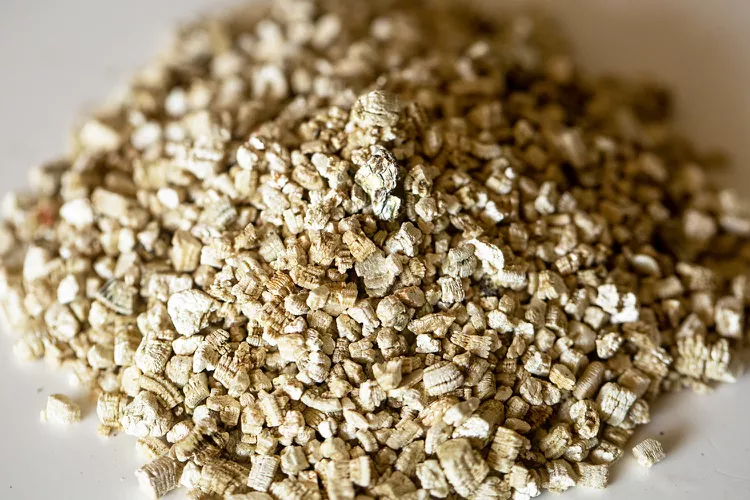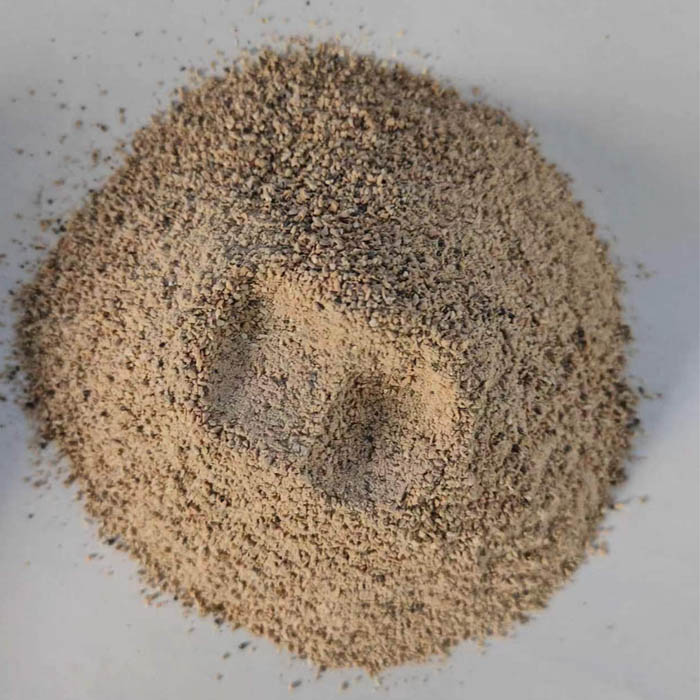Jan . 06, 2025 11:23 Back to list
potting soil vermiculite
Choosing the right components for your potting mix is a crucial decision that can significantly impact the health and success of your plants. One of the most valuable additions to potting soil is vermiculite, a naturally occurring mineral that can vastly improve the quality of your gardening efforts. With a career in horticulture and organic gardening, I've seen firsthand how vermiculite transforms plant health, rooting success, and water management in pot cultivation.

Vermiculite is a phyllosilicate mineral that undergoes significant expansion when heated. In the form used for gardening, it appears as a light, airy substance that is brownish-gold in color. Its unique structure gives vermiculite its most beneficial qualities for plant care when mixed with potting soil, it improves aeration, retains moisture, and assists in nutrient exchange. These functions are critical in creating an ideal growing environment for many plant species.
Consistent moisture is essential for plant roots, and vermiculite excels in moisture management. It absorbs water like a sponge and gradually releases it, ensuring a consistent supply to the roots without drowning them. This makes it an invaluable component, particularly in environments with fluctuating temperatures where water evaporation can lead to soil drying out quickly. In my experience, using vermiculite in potting soil results in fewer stress symptoms in plants, such as wilting or leaf yellowing due to inconsistent watering patterns.

For those beginning their journey in horticulture or indoor gardening, vermiculite can be a game-changer. Its ability to improve aeration ensures that roots receive the oxygen they need for respiration and nutrient uptake. Plants need a balanced intake of air and water at the root level to thrive, and vermiculite provides that critical equilibrium by preventing compaction in potting soil. This results in healthier root systems, which are fundamental to robust plant growth.
From a nutritional perspective, vermiculite plays a pivotal role. As a neutral substance, it doesn't alter the pH of the soil, making it safe for various plant types. However, its cation exchange capacity is where it truly shines. It acts like a bank for cations—nutrients with a positive charge—such as calcium, magnesium, and potassium, holding them until They're needed by the plant roots. This controlled release ensures nutrients are available over time, reducing the need for frequent fertilization.
potting soil vermiculite
When selecting vermiculite for gardening purposes, it is crucial to source from reputable providers. Premium-grade vermiculite is free of contaminants and asbestos, which have been concerns with some mining sources in the past. I can attest that using high-quality vermiculite has only ever enhanced my gardening projects, providing reliability no matter the plant variety, which has expanded my success rate across different plant species and conditions.
Incorporating vermiculite isn't limited to just the initial potting process. It can be mixed into compost to create a superior seed-starting medium or added to established garden beds to improve soil structure and water retention. The flexibility of vermiculite makes it a versatile tool in any gardener's repertoire, whether you're cultivating indoor succulents or preparing for a crop of summer vegetables.
Through years of hands-on experience and continual learning, vermiculite has proven its worth in both professional and amateur gardening contexts. Its ability to enhance soil structure, boost moisture retention, and improve nutrient availability underscores its value. Trust in vermiculite brings peace of mind, fostering a thriving plant environment that aligns with sustainable and effective gardening practices.
By making vermiculite a staple in your potting soil mix, you are investing in the longevity and vitality of your plants. Whether you're nurturing delicate orchids or hardy peppers, this remarkable mineral can be your secret weapon in creating lush, thriving plant displays that are the envy of garden enthusiasts everywhere.
-
Eco-Friendly Granule Covering Agent | Dust & Caking Control
NewsAug.06,2025
-
Fe-C Composite Pellets for BOF: High-Efficiency & Cost-Saving
NewsAug.05,2025
-
Premium Tundish Covering Agents Exporters | High Purity
NewsAug.04,2025
-
Fe-C Composite Pellets for BOF | Efficient & Economical
NewsAug.03,2025
-
Top Tundish Covering Agent Exporters | Premium Quality Solutions
NewsAug.02,2025
-
First Bauxite Exporters | AI-Optimized Supply
NewsAug.01,2025
